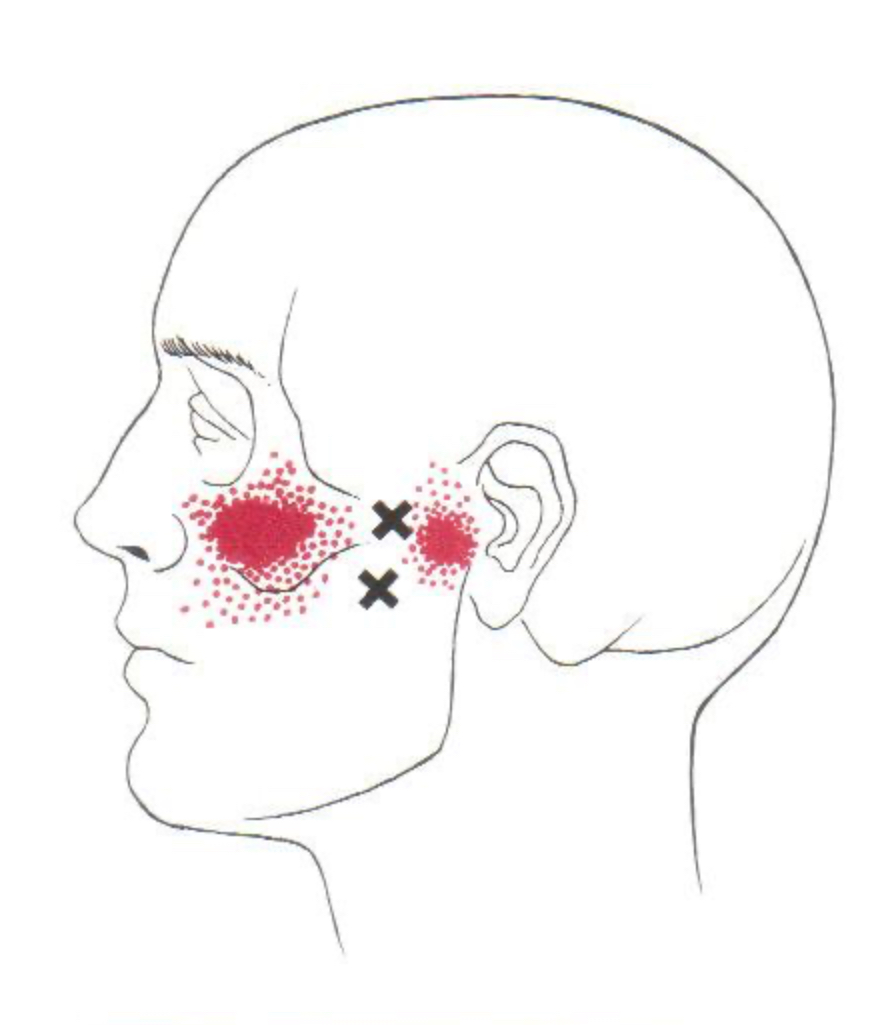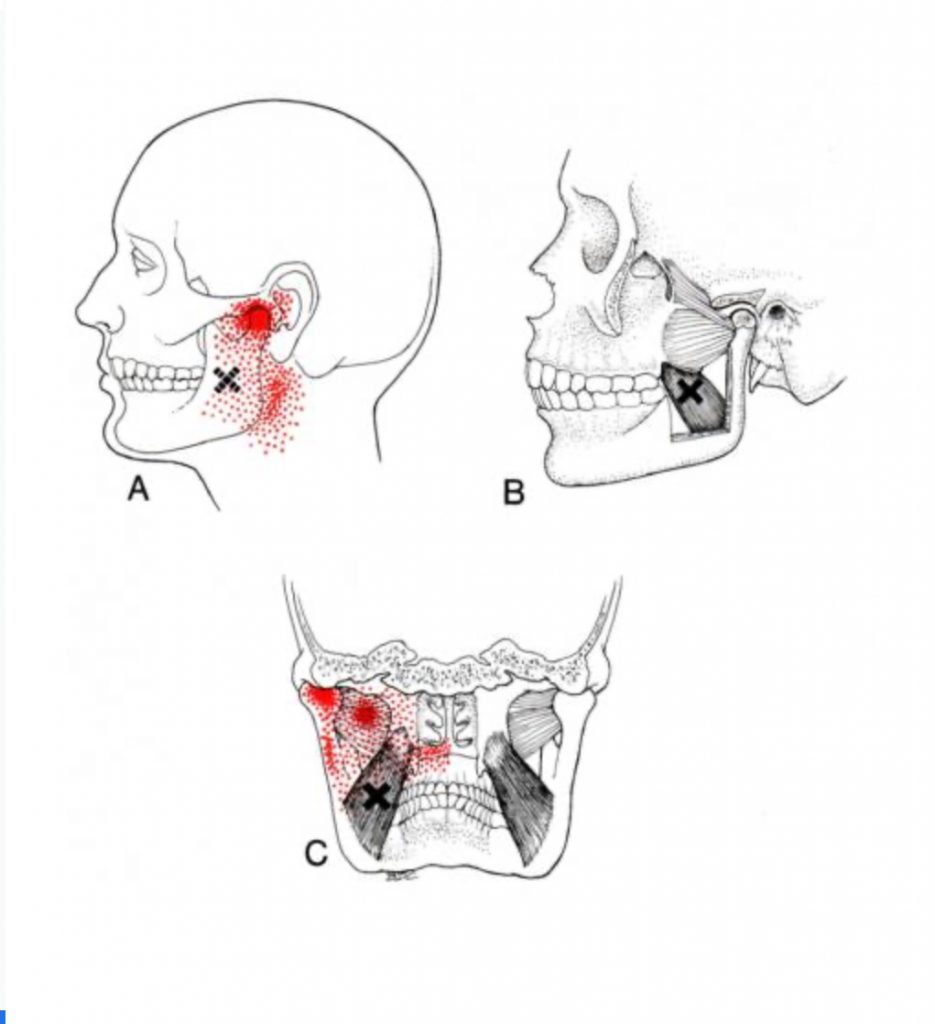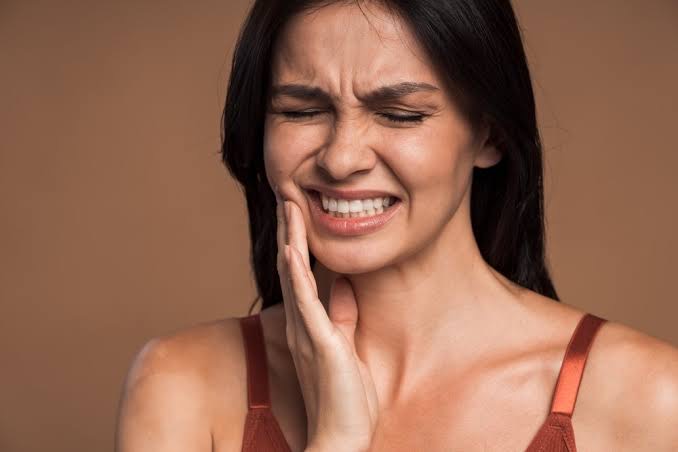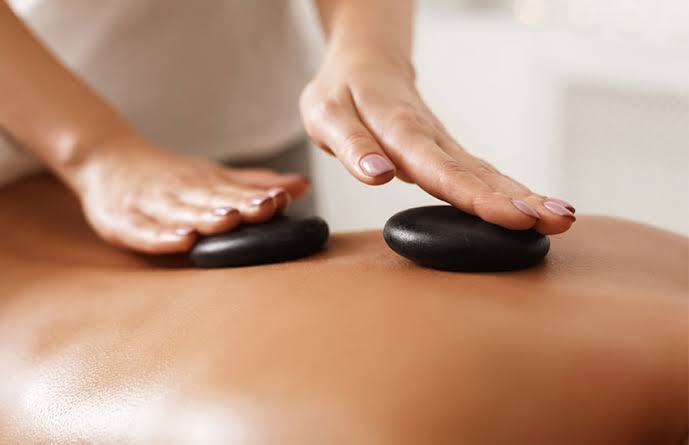Temporomandibular joint (TMJ) disorder, is also known as temporomandibular joint dysfunction or TMJ disorder. It is a condition that affects the temporomandibular joint, that connects the jaw (mandible) to the skull. TMJD can cause pain and dysfunction in the jaw joint and the surrounding muscles that control jaw movement. Read on to learn what is TMJ disorder and how massage and myotherapy can help.
What are the signs and symptoms of TMJ disorder?
The symptoms of TMJD can vary from person to person, but commonly include jaw pain or tenderness, clicking or popping sounds when opening or closing the mouth, difficulty or discomfort while chewing, facial pain, headaches, and difficulty in fully opening or closing the mouth. TMJD can significantly impact a person’s quality of life, making it difficult to eat, speak, or even sleep comfortably.
What causes TMJ Disorder?
Temporomandibular joint disorder (TMJD) can have multiple causes, and in many cases, it may be challenging to determine a single specific cause. However, several factors can contribute to the development of TMJ disorder. Here are some common causes and risk factors associated with TMJD:
- Jaw or Facial Trauma: A direct injury to the jaw, neck or facial area, such as a blow or impact, can damage the temporomandibular joint and surrounding structures, leading to TMJD.
- Jaw Misalignment: Problems with the alignment of the jaw joint or the teeth can put excessive stress on the temporomandibular joint, leading to TMJD. This misalignment can be caused by factors such as improper bite, malocclusion (misalignment of teeth), or skeletal abnormalities.
- Teeth Grinding and Clenching: Habitual grinding or clenching of the teeth, known as bruxism, can strain the temporomandibular joint and the surrounding muscles. Bruxism is often related to stress, anxiety, or an abnormal bite.
- Arthritis: Different forms of arthritis, such as rheumatoid arthritis and osteoarthritis, can affect the temporomandibular joint, leading to TMJD symptoms. Arthritis causes inflammation, cartilage damage, and joint deterioration, resulting in pain and dysfunction.
- Muscle Tension and Stress: Chronic muscle tension in the jaw, face, and neck, often associated with stress and anxiety, can contribute to the development of TMJD. This tension can put strain on the temporomandibular joint, leading to pain and dysfunction.
- Hormonal Factors: Some studies suggest that hormonal changes, particularly in women, may contribute to an increased risk of TMJD. Fluctuations in hormone levels, such as during menstruation, pregnancy, or menopause, can affect the condition of the jaw.
- Poor Posture: Maintaining poor posture, especially when sitting or sleeping, can affect the alignment of the jaw and increase the risk of developing TMJD.
- Other Factors: Certain habits like nail biting, chewing gum excessively, or biting on hard objects can strain the jaw joint and contribute to TMJD. Additionally, genetics and family history may play a role in increasing the susceptibility to TMJD.
It is important to note that while these factors can contribute to the development of TMJ disorder, each individual may have a unique combination of causes. Moreover, some cases of TMJD may arise without a specific identifiable cause.
How can Myotherapy and massage help?
Myotherapy and massage are two therapeutic approaches that can provide relief and help manage the symptoms associated with TMJD. Myotherapy is a manual therapy technique that focuses on identifying and treating trigger points, areas of muscle tension and pain. Myotherapists use various techniques such as deep tissue massage, stretching, and dry needling to release muscle tension and restore normal function to the affected muscles.



Massage therapy, on the other hand, involves the manipulation of soft tissues through kneading, rubbing, and pressing movements. By targeting the muscles around the temporomandibular joint, massage can help alleviate muscle tension and reduce pain. It also promotes relaxation, increases blood flow, and enhances the flexibility and range of motion in the jaw joint.
Both myotherapy and massage can offer several benefits for individuals with TMJD. Firstly, they can help relieve muscle tension and spasms in the jaw, neck, and face, commonly associated with TMJD. By reducing muscle tension, these therapies can alleviate pain and improve jaw mobility. Making it easier for individuals to perform daily activities such as eating and speaking.
Additionally, myotherapy and massage can help reduce stress and promote overall relaxation. Stress is known to exacerbate TMJD symptoms. By reducing stress levels, these therapies can indirectly alleviate the discomfort associated with the condition. Exercises can also help individuals become more aware of their posture and promote healthy habits.
It is important to note that myotherapy and massage should be performed by trained professionals who have experience in treating TMJD. These therapists can assess the individual’s condition, tailor the treatment to their specific needs, and provide guidance on self-care techniques that can complement the therapy sessions.
In conclusion, temporomandibular joint disorder can be a debilitating condition, affecting the jaw joint and surrounding muscles. Myotherapy and massage offer non-invasive and drug-free approaches to manage TMJD symptoms. They can help reduce muscle tension, improve range of motion, and promote relaxation. They can provide relief from pain and improve overall well-being for individuals living with TMJD.



